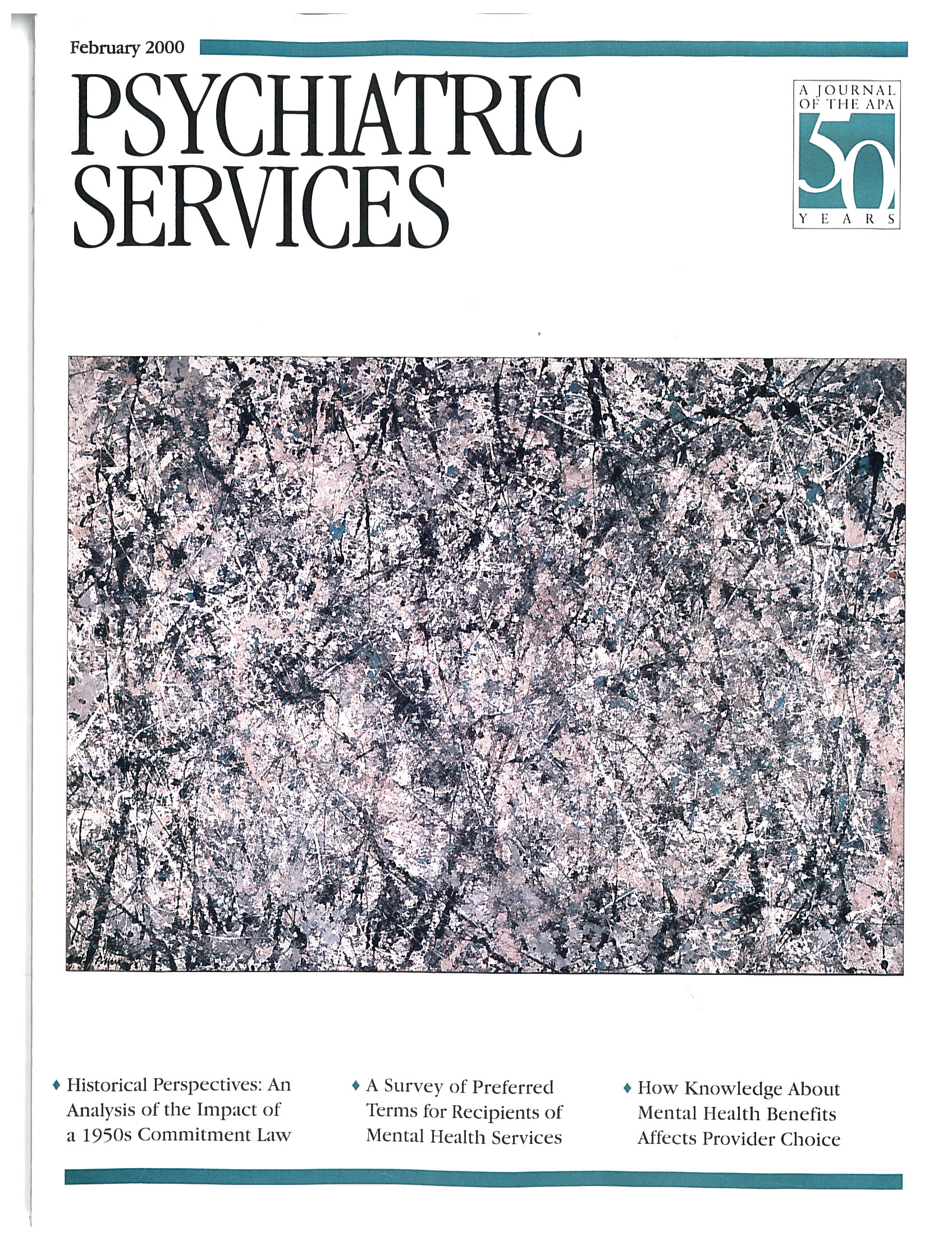Diana in Search of Herself: Portrait of a Troubled Princess
In biographer and journalist Sally Bedell Smith's otherwise thoroughly researched, well-written life of Diana, Princess of Wales, DSM-IV is put to questionable use. "While one cannot say with certainty that Diana had a borderline personality disorder, the evidence is compelling," the author writes. "The most important factor setting the borderline personality apart from those with other disorders is early parental loss—in Diana's case the departure of her mother and the emotional withdrawal of her father for several years following the Spencer divorce." During Diana's lifetime, someone close to Prince Charles consulted both a psychiatrist and a psychologist, who agreed that her behavior "fit the description of the borderline personality in quite extraordinary detail."
The effects of Diana's parents' divorce were certainly traumatic and led to lifelong problems with issues of abandonment, anxiety, and insecurity. Diana often wept before and after public engagements due to both her own high expectations for herself and the public's expectations of her. She was prone to mood swings, bulimia, self-mutilation, lying, and inattention. These symptoms could suggest any number of diagnoses other than borderline personality disorder. What useful purpose does it serve, and how much harm may it do, for anyone—psychiatric professional or otherwise—to make a posthumous diagnosis of mental illness? More to the point, is it appropriate?
Throughout Ms. Smith's book, it becomes clear that the British, especially the upper classes, view psychiatry with intense skepticism and disdain. Raised as a member of the aristocracy, Diana was supposed to keep a stiff upper lip—to sort herself out, rather than seek psychiatric help. To his credit, Prince Charles did try to get Diana professional help while they were still on their honeymoon. He arranged for his bride to see a psychiatrist, who prescribed tranquilizers, which she rejected. Later Diana was given Prozac, which she took for only a short time. Instead, the Princess chose to take sleeping pills for many years, and Ms. Smith never discusses how the side effects of this medication might have affected Diana's behavior.
There seems to be no question that Diana had problems. Indeed, she might have benefited from long-term therapy and support. Unfortunately, they were impossible to obtain, given her public position and comments such as those of Lesley White writing in the Sunday Times in November 1995 that "Diana should not get help. She should simply get over it."
Toward the end of her life, despite numerous attempts at both traditional and alternative therapies, Diana herself derided psychotherapy. While addressing patients at a private psychiatric clinic outside of London, she told the women that "they were unlikely to find much help from 'some psychotherapist or someone just reading a book.'" This remark was applauded in the British press as a "backlash against therapy … this very modern infantilism."
Smith describes the Princess as needing "constant expressions of love and reassurance combined with firm reminders that she was expected to behave in a responsible way and that her actions had consequences." Perhaps what the author is describing is someone who, sadly, never grew up. During Diana's years at boarding school, she was being trained, like other young girls of her social class, to fit in and make friends among her aristocratic peers rather than to obtain an education. When Diana flunked her O-levels, which would have enabled her to complete high school, her academic career ended, except for a short stint in a finishing school in Switzerland. The Princess was so appallingly undereducated that she was qualified for only two professions, cleaning and child care.
Sheltered by privilege, Diana spent her youth practicing ballet, diving, swimming, and reading Barbara Cartland novels in which the virginal heroine rides off into the sunset with her prince charming. No wonder the naive, 19-year-old Diana fell in love with Prince Charles.
Interestingly, Ms. Smith dwells endlessly on Diana's mental illness, but does not spend any time "analyzing" Prince Charles. Charles was clearly under both public and family pressure to marry, but given his criteria for the future queen of England, his choice of Diana was a questionable one at best. The position of Princess of Wales requires a woman who is intelligent, independent, and educated and has a strong sense of self. Those qualities are the antithesis of everything that Diana was and tragically remained throughout her life. Instead, she relied on her instincts and wound up repeating the same mistakes over and over.
Despite Diana's immaturity and early traumatic home life, the attitude of the royal family toward her, the relentless media coverage, and the public's adulation, I came away from this book with a great deal of respect for the courage Diana showed in adversity. She had a lifelong compassion for the sick, the dying, and the disenfranchised. Her ability to connect with people gave them understanding, hope, and support. It is unfortunate that Diana was derided and labeled "barking mad" during her lifetime and now, in Ms. Smith's biography, after her death.
Ms. Packer-Fletcher is a freelance writer in Worcester, Massachusetts



